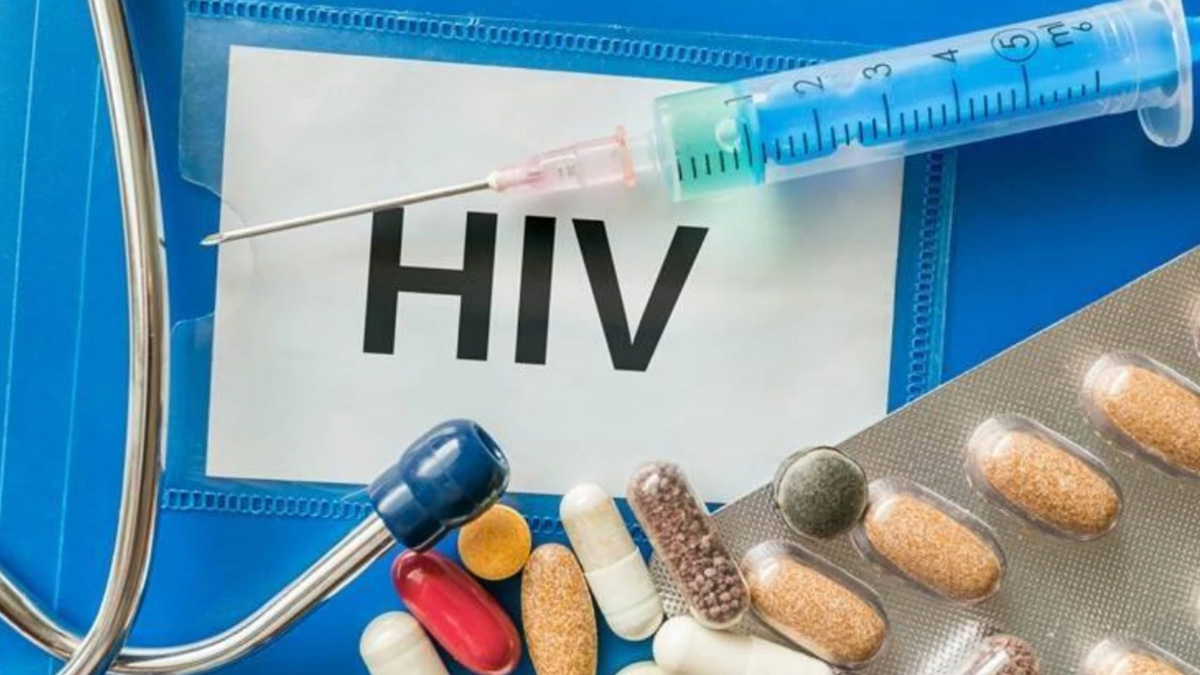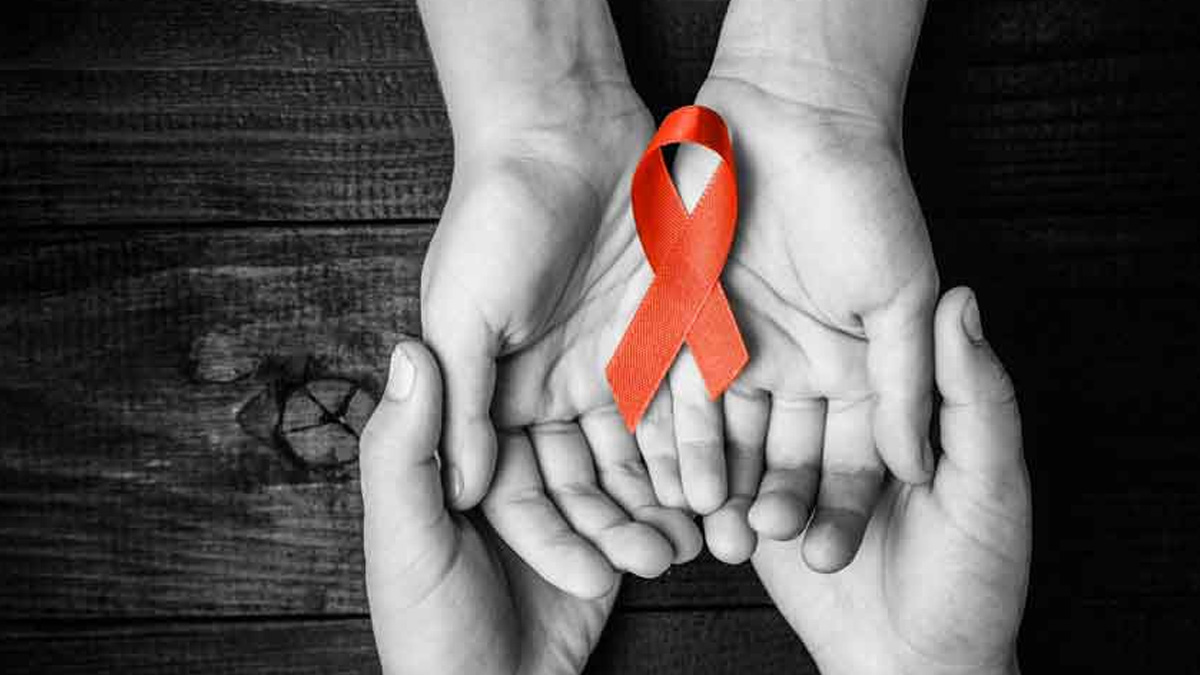-1740654819088.webp)
Mizoram is currently battling a severe HIV crisis, with the northeastern state recording the highest prevalence rate in India. At 2.73%, Mizoram’s HIV rate is alarmingly higher than the national average of 0.2%. The state’s health officials and legislators are now urging immediate action to control the spread of the virus and improve healthcare accessibility for those affected.
Table of Content:-
The Growing HIV Epidemic in Mizoram
State Health Minister Lalrinpuii has voiced deep concerns over the rising number of HIV cases in Mizoram. During a recent meeting of the Mizoram Legislative Forum on AIDS at the I&PR conference hall in Aizawl, she emphasised the need for stronger intervention strategies to curb the epidemic.
-1740655126503.jpg)
Dr Jane R Ralte, Project Director of the Mizoram State AIDS Control Society (MSACS), provided a comprehensive update on the state's HIV situation. According to Dr. Ralte, a total of 32,287 people in Mizoram have tested positive for HIV, with 5,511 deaths reported as of January 2025. Disturbingly, between April 2024 and January 2025 alone, 1,769 new cases were detected, signaling the urgency of the crisis.
Also Read: WHO Declares Encephalitis A Global Health Emergency Amid Rising Cases
Causes of the High HIV Prevalence
Dr Ralte pointed out that the majority of HIV transmissions in Mizoram occur through two primary routes:
- Unprotected sexual activity: Accounting for 67% of new infections, unsafe sexual practices remain the leading cause of HIV transmission in the state.
- Use of unsterilised syringes: Another 30.44% of new cases have been linked to the sharing of contaminated needles, highlighting the impact of intravenous drug use on the epidemic.

Encouraging Signs Amid the Crisis
Despite the alarming statistics, Dr Ralte noted some positive developments. There has been a decline in new HIV infections, alongside a reduction in HIV-related deaths. This progress is attributed to heightened awareness campaigns, improved medical facilities, and the availability of antiretroviral therapy (ART) for those diagnosed with the virus.
Also Read: Hepatitis C Outbreak Hits Uttarakhand Village With 100+ Cases—How Does It Spread?
To ensure continued treatment and care, state legislators have pledged to contribute Rs 50,000 each from their MLA funds for the financial year 2024-25. These funds will be allocated to MSACS to support HIV-positive individuals and maintain uninterrupted access to ART treatment.
Introduction of HIV Self-Testing Kits
In a significant move to enhance early detection and treatment, the Health Ministry has introduced HIV self-testing (HIVST) kits. This initiative aims to make testing more accessible, private, and convenient for the people of Mizoram.

How HIV Self-Testing Works
HIV self-testing allows individuals to test themselves at home using simple kits. These kits typically require either a saliva or blood sample and provide results within minutes. The approach has been successfully implemented in various countries and is expected to help reduce stigma and encourage more people to get tested.
Advantages of HIV Self-Testing
- Privacy & Convenience: Individuals can check their HIV status without visiting a clinic, making the process less intimidating.
- Bridging Healthcare Gaps: People living in remote areas can access testing without the need to travel long distances.
- Early Diagnosis & Treatment: The quicker someone is diagnosed, the sooner they can start ART treatment, improving long-term health outcomes.
Bottomline
The Indian government, in collaboration with state health agencies, has been actively working to address the HIV/AIDS crisis through multiple initiatives. These include awareness campaigns, needle exchange programs, promotion of safe sex practices, and the expansion of ART facilities.
As Mizoram continues to grapple with this crisis, the introduction of innovative solutions such as HIV self-testing and increased funding for ART programs offers hope for better control of the epidemic. However, sustained efforts from policymakers, healthcare professionals, and the public will be essential in bringing down the state’s HIV prevalence rate and ensuring a healthier future for its citizens.
Also watch this video
How we keep this article up to date:
We work with experts and keep a close eye on the latest in health and wellness. Whenever there is a new research or helpful information, we update our articles with accurate and useful advice.
Current Version
